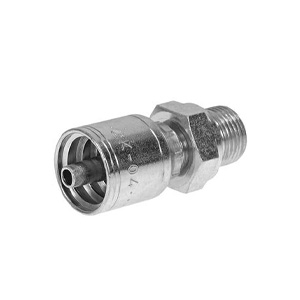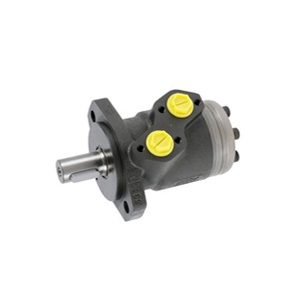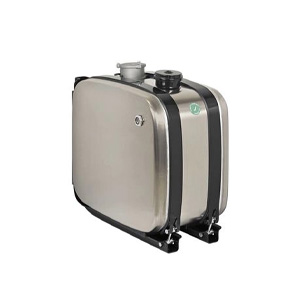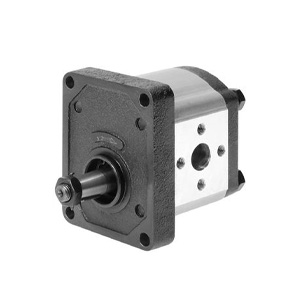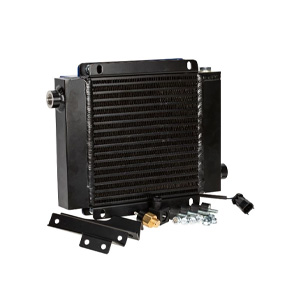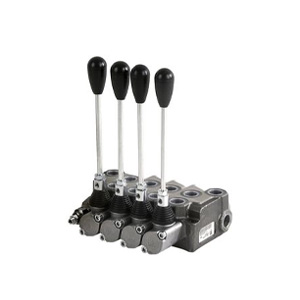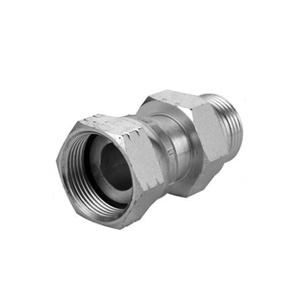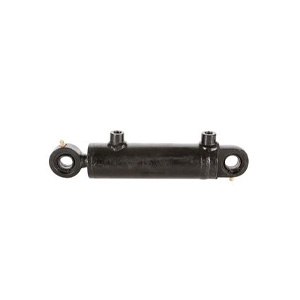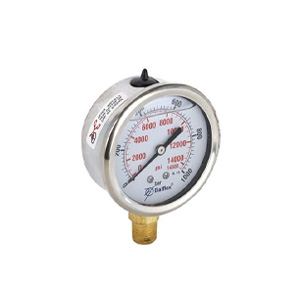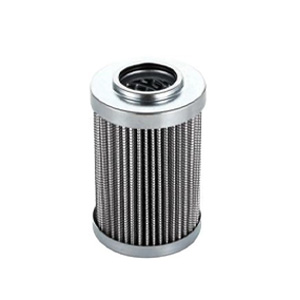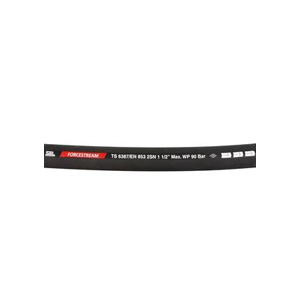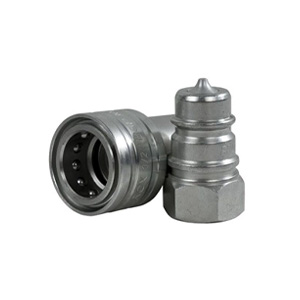Hydraulics
FAQ about Hydraulics
Hydraulics is a technology that uses fluid, usually oil, to transfer force and generate movement in machines and systems. The principle is based on the fact that liquid cannot be compressed, meaning that when force is applied to the fluid in a closed system, it is transmitted to other parts of the system. This makes hydraulics highly effective for handling heavy loads and creating smooth, controlled movements.
Hydraulics is widely used in agriculture, particularly in tractors, where it powers and controls various functions such as lifting implements, tipping trailers, and steering machine parts. The system typically consists of components such as hydraulic pumps, cylinders, valves, filters, and hoses.
- Hydraulic Cylinders: Convert hydraulic pressure into mechanical movement.
- Hydraulic Pumps: Generate fluid flow within the hydraulic system.
- Hydraulic Valves: Control the flow and direction of hydraulic oil.
- Hydraulic Hoses and Couplings: Transport hydraulic oil between components.
- Hydraulic Filters: Clean the hydraulic oil and prevent contamination.
- Oil Coolers: Maintain optimal temperature for hydraulic oil.
- Pressure Gauges: Monitor the pressure in the hydraulic system.
Check your tractor’s manual for specifications and recommendations. Use Sagro’s search function to filter products based on your tractor brand and model. Contact Sagro’s customer service for expert assistance if you are unsure.

